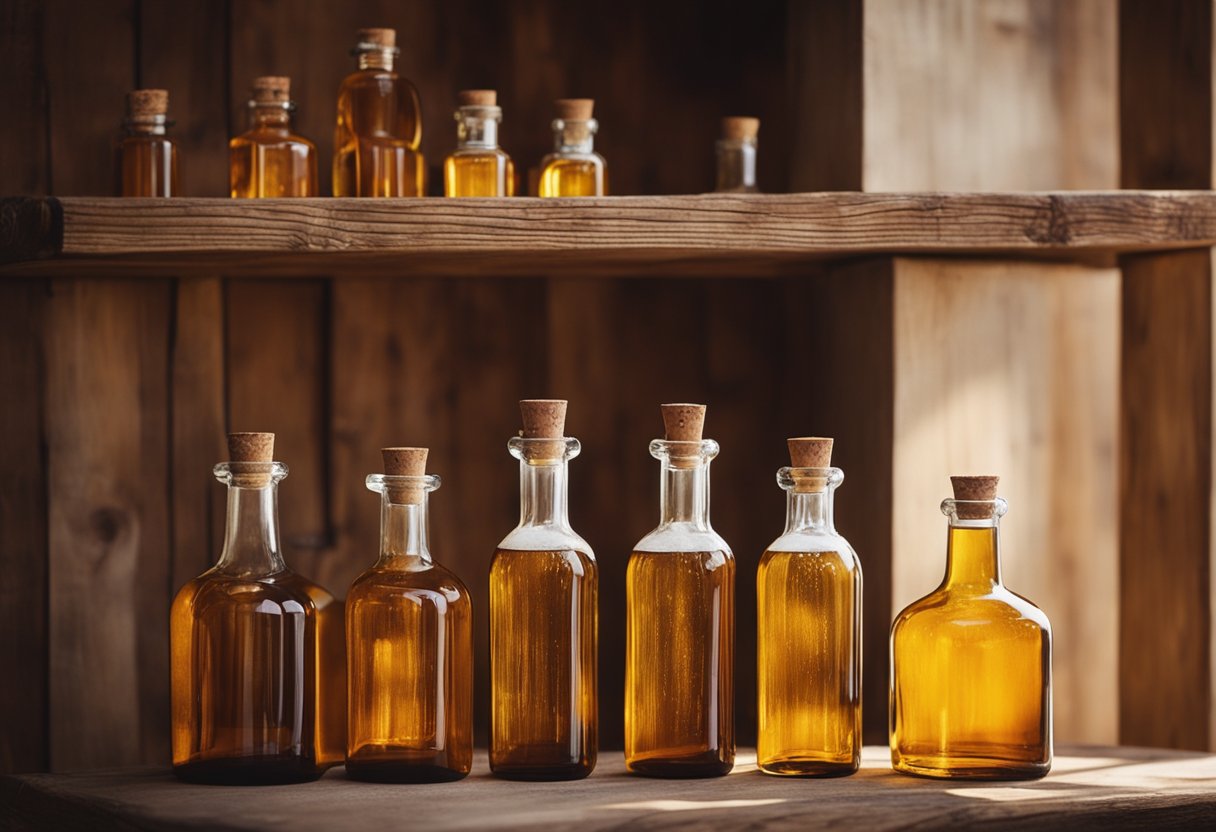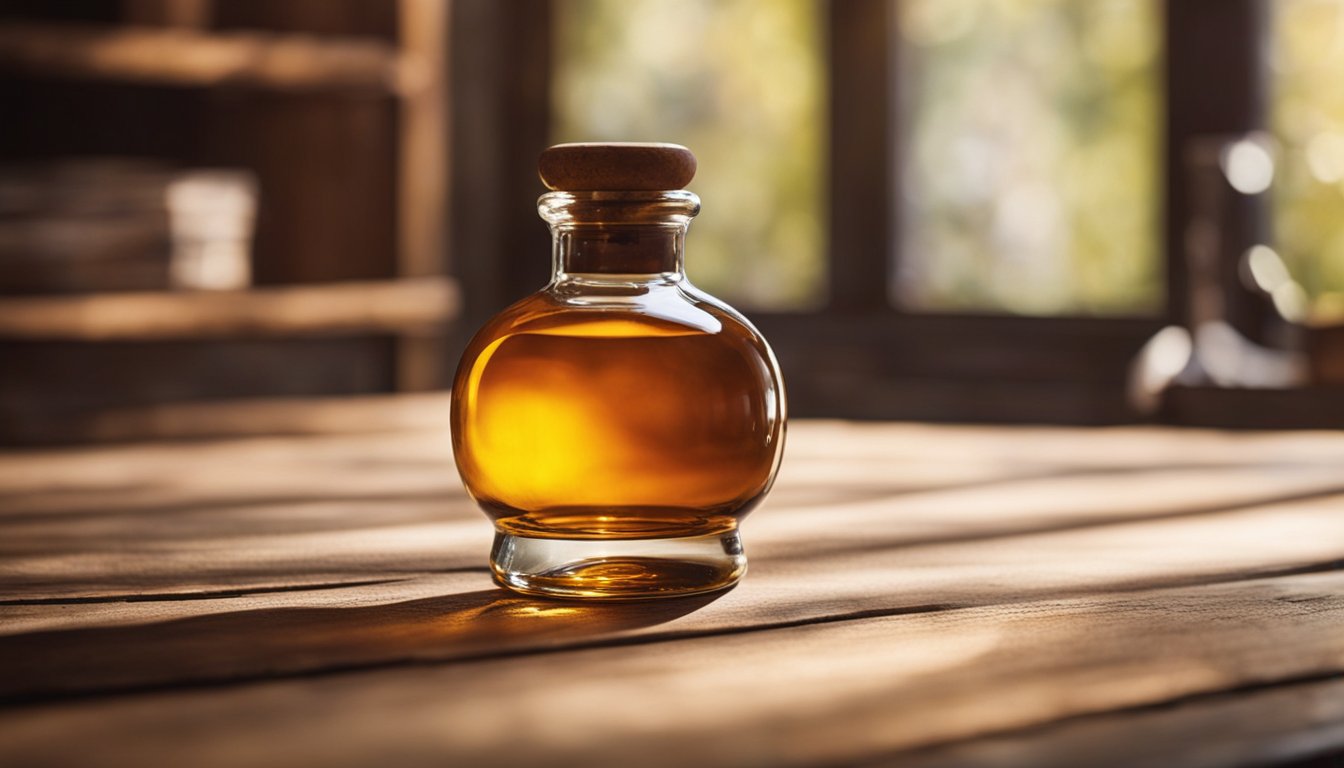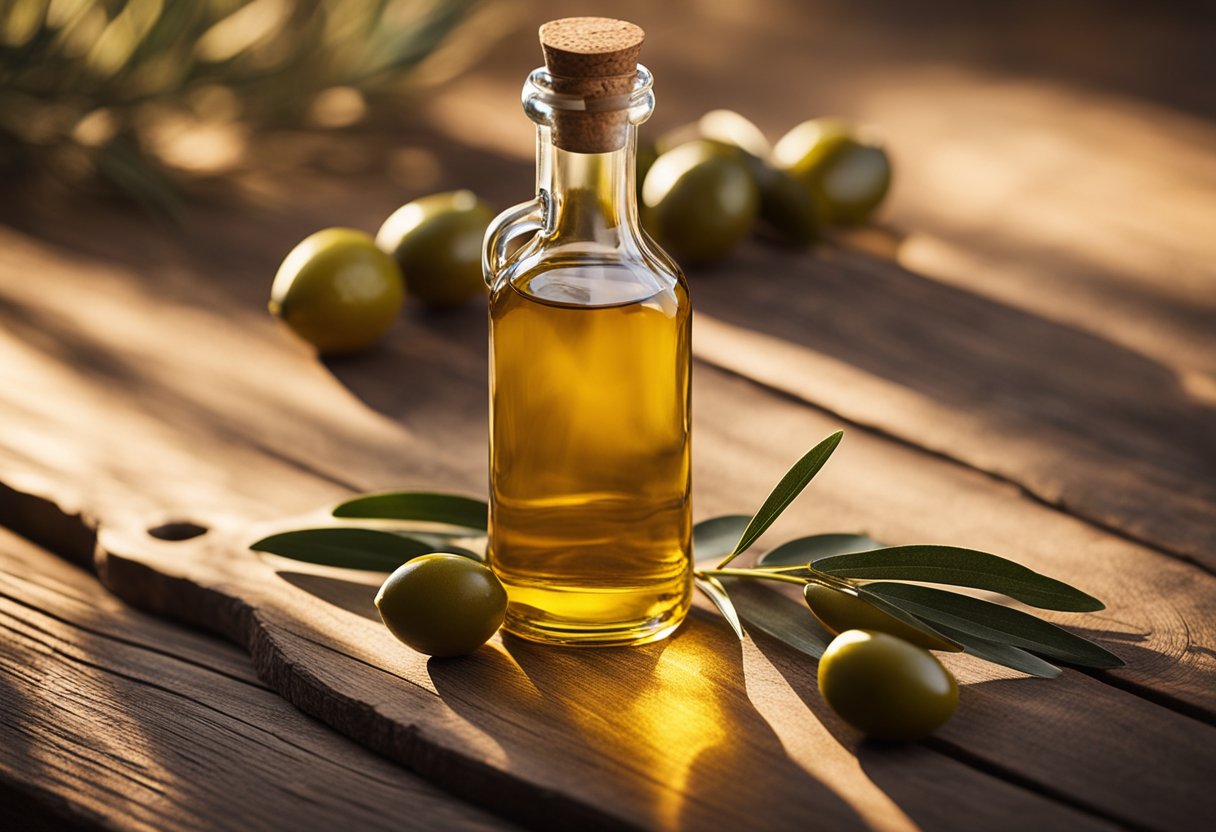If you’re a distiller or a spirit brand owner, you know how important it is to have a unique and attractive bottle design that stands out on the shelves. Glass spirit bottles are a popular choice for many brands due to their versatility, durability, and ability to showcase the liquid inside. They come in a variety of shapes, sizes, and colors, making it easy to find the perfect bottle to match your brand’s personality.

One of the benefits of glass spirit bottles is their ability to protect the contents from light and air, which can affect the taste and quality of the product. Glass is also a sustainable material that can be recycled indefinitely, making it an eco-friendly choice for brands that prioritize sustainability. Additionally, glass bottles can be customized with various closures, labels, and decorations to create a unique and memorable brand identity.
When it comes to choosing the right glass spirit bottle for your brand, there are many factors to consider. The size and shape of the bottle can affect the perceived value of the product, while the color of the glass can influence the appearance of the liquid inside. The closure type and label design can also impact the overall aesthetic and functionality of the bottle. By carefully selecting the right glass spirit bottle for your brand, you can create a product that not only looks great but also protects and showcases the quality of your spirit.
History of Glass Spirit Bottles

When it comes to the history of glass spirit bottles, it’s important to understand that glass has been used to store liquids for thousands of years. In fact, one of the earliest examples of glass production was a small, free-blown bottle found in the city-state of Uruk around 3,700 BC. This bottle had thick, uneven walls and was likely made by an early artisan just learning the craft of glass forming.
Over time, glass bottles became more common and were used to store a variety of liquids, including wine, beer, and spirits. In the 18th century, glass bottles began to be produced in larger quantities, and the first mass-produced glass bottles were used to store beer. By the mid-19th century, glass bottles were widely used for storing spirits, and many of the classic bottle shapes that we are familiar with today were developed during this time.
One of the most iconic bottle shapes is the square or rectangular bottle, which was first introduced in the 19th century as a way to save space during shipping. This shape is still used today for many types of spirits, including whiskey and gin. Another classic bottle shape is the long-necked bottle, which is often used for vodka and other clear spirits.
In addition to their practical uses, glass spirit bottles have also played a role in the history of advertising. Many early spirit bottles were embossed with the name of the distillery or the type of spirit, and some even featured elaborate designs or images. Today, many collectors seek out vintage glass spirit bottles for their historical and aesthetic value.
Overall, the history of glass spirit bottles is a fascinating one that spans thousands of years. From the earliest examples of glass production to the iconic bottle shapes that we know today, glass bottles have played an important role in the storage and transportation of spirits throughout history.
Manufacturing Process

When it comes to manufacturing glass spirit bottles, there are several crucial steps that must be taken to ensure that the final product meets the desired quality standards. In this section, we’ll take a closer look at each of these steps, including material selection, bottle design, glass blowing, and finishing touches.
Material Selection
The manufacturing process begins with the careful selection of high-quality raw materials, including silica sand, soda ash, limestone, and cullet (recycled glass). These materials are carefully measured and mixed together in precise proportions before being melted down in a furnace at extremely high temperatures.
Bottle Design
Once the molten glass has been formed, it is time to create the desired bottle design. This is typically done using a combination of press-and-blow molding and blow-and-blow molding techniques, which allow for intricate designs and a wide range of unique shapes and sizes. During this process, the glass is carefully shaped and cooled to create the desired form.
Glass Blowing
The next step in the manufacturing process is glass blowing. This involves the use of specialized equipment to carefully shape and mold the glass into the desired shape and size. This process requires a high degree of skill and precision, as even the slightest mistake can result in a flawed or unusable bottle.
Finishing Touches
Finally, the glass spirit bottle undergoes a series of finishing touches to ensure that it meets the desired quality standards. This may include the application of a label or logo, as well as the addition of any necessary seals or closures. Once these final touches have been applied, the bottle is ready to be filled with the desired spirit and shipped to customers around the world.
Overall, the manufacturing process for glass spirit bottles is a complex and intricate one that requires a great deal of skill and precision. By carefully selecting high-quality materials, designing the perfect bottle shape, and using specialized equipment to shape and mold the glass, manufacturers can create a final product that is both functional and aesthetically pleasing.
Types of Glass Spirit Bottles

When it comes to glass spirit bottles, there are various types available in the market. In this section, we will discuss the most common types of glass spirit bottles that you can choose from.
Clear Glass Bottles
Clear glass bottles are the most common type of glass spirit bottles. They are transparent and allow you to see the color of the spirit inside. Clear glass bottles are perfect for spirits that have a natural color, such as vodka, gin, and tequila. They are also great for showcasing unique designs and labels.
Colored Glass Bottles
Colored glass bottles are another popular type of glass spirit bottle. They come in a variety of colors, including brown, green, and blue. Colored glass bottles are perfect for spirits that are sensitive to light, such as whiskey and cognac. The colored glass helps to block out UV rays, which can cause the spirit to degrade over time. Colored glass bottles also add a touch of elegance and sophistication to your spirit collection.
Decorative Glass Bottles
Decorative glass bottles are perfect for special occasions or as gifts. They come in a variety of shapes and sizes, and can be customized with unique designs and labels. Decorative glass bottles are often used for liqueurs and specialty spirits, such as flavored vodka and fruit brandy. They add a touch of luxury and elegance to any bar or collection.
In summary, there are various types of glass spirit bottles available in the market. Clear glass bottles are great for showcasing the natural color of the spirit, while colored glass bottles are perfect for spirits that are sensitive to light. Decorative glass bottles are perfect for special occasions and add a touch of luxury and elegance to any bar or collection.
Labeling and Branding
When it comes to glass spirit bottles, labeling and branding are crucial factors that can make or break the success of your product. A well-designed label can grab the attention of potential customers and convey important information about your brand and product. In this section, we will discuss two important aspects of labeling and branding: label design and application techniques.
Label Design
The design of your label is an essential aspect of your branding strategy. It should be visually appealing, unique, and memorable. Your label should reflect the personality of your brand and the quality of your product.
Consider the following elements when designing your label:
- Brand name and logo: These should be prominently displayed on the label and easily recognizable.
- Color scheme: Choose colors that reflect the personality of your brand and complement the color of your spirit.
- Typography: Use a font that is easy to read and reflects the style of your brand.
- Information: Include important information such as the name of your spirit, alcohol content, and volume.
Application Techniques
Once you have designed your label, the next step is to apply it to your glass spirit bottle. There are several techniques that can be used to apply labels to glass bottles, including:
- Pressure-sensitive labels: These are self-adhesive labels that can be applied by hand or using a labeling machine.
- Shrink sleeve labels: These are labels that are applied to the bottle and then shrunk to fit using heat.
- Direct print: This technique involves printing the label directly onto the glass bottle using a special ink.
Each of these techniques has its advantages and disadvantages, and the choice will depend on your specific needs and budget.
In summary, a well-designed label and effective application technique are essential for creating a successful glass spirit bottle. Take the time to carefully consider your branding strategy and choose a labeling technique that will help your product stand out on the shelf.
Packaging and Distribution
When it comes to packaging and distributing your spirits, there are several factors to consider to ensure that your product arrives safely and securely to your customers. In this section, we will discuss two important aspects of packaging and distribution: safety measures and transportation logistics.
Safety Measures
Glass spirit bottles are a popular choice for packaging due to their durability and ability to preserve the quality of the product. However, it is important to take safety measures to prevent breakage during transportation. One effective safety measure is to use dividers or partitions to separate each bottle and prevent them from knocking against each other. Another option is to use protective packaging materials, such as bubble wrap or foam, to cushion the bottles and absorb any impact during transit.
In addition to preventing breakage, it is also important to ensure that your packaging meets safety regulations. For example, the United States Department of Transportation (DOT) has specific requirements for packaging and labeling hazardous materials, including certain types of alcohol. Be sure to research and comply with any applicable regulations to avoid fines or other penalties.
Transportation Logistics
Once your spirits are packaged and ready for distribution, it is important to plan the logistics of transportation. This includes selecting a reliable carrier that specializes in the transportation of alcohol, as well as choosing the appropriate mode of transportation. For example, if you are shipping your spirits internationally, you may need to consider air freight or sea freight options.
You should also consider the temperature and humidity conditions during transportation, especially for delicate or high-quality spirits. Extreme temperatures or humidity can affect the taste and quality of the product, so it is important to choose a carrier that has the proper equipment and facilities to maintain the ideal conditions.
By taking these safety measures and transportation logistics into consideration, you can ensure that your spirits arrive at their destination safely and securely, while maintaining their quality and taste.















